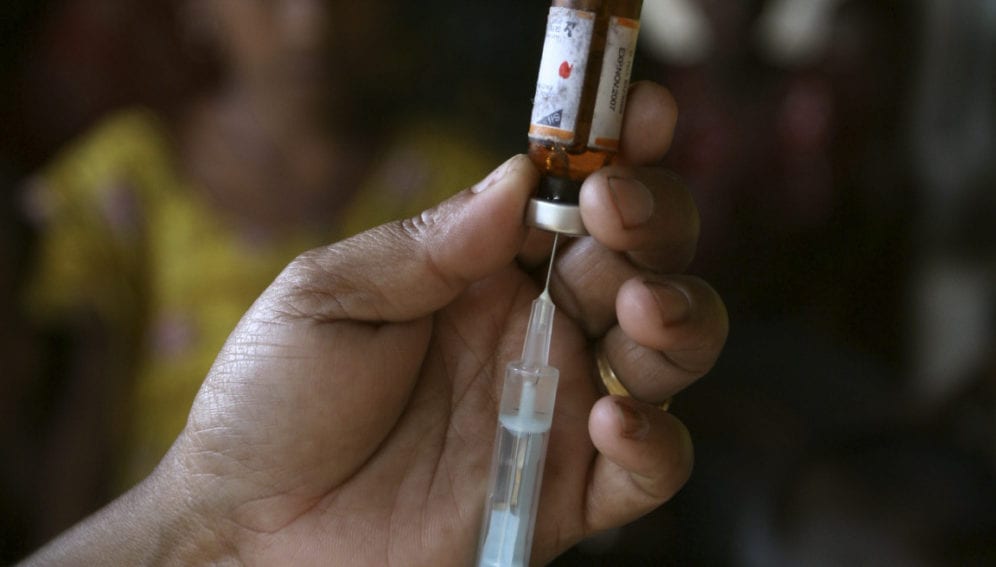By: Paul Icamina
Send to a friend
The details you provide on this page will not be used to send unsolicited email, and will not be sold to a 3rd party. See privacy policy.
[MANILA] Immunisation of infants against pneumococcal diseases should target areas where the children are most likely to benefit if broad nationwide vaccination is not possible and too costly to implement, according to a study.
The WHO recommends that pneumococcal conjugate vaccines (PCVs) be included in immunisation programmes to protect young children against acute lower respiratory infections that remain the largest cause of childhood mortality worldwide, accounting for nearly a fifth of the deaths.
While PCVs are widely available in industrialised nations, the cost of these vaccines and the strategy of “universal vaccination” hinder developing countries from adopting the WHO’s goal, says the study that evaluated the efficacy of PCVs in 47 towns in Bohol province, in the Philippines. The study was published recently in the Proceedings of the National Academy of Sciences (4 March). The PCV, which costs US$46 per full vaccination of three doses per child, is not included in the expanded immunisation programme of the Philippines’ Department of Health (DOH).
According to the research team study led by Elisabeth Dowling Root, assistant professor at the Department of Geography, University of Colorado Boulder, “an alternative strategy to universal vaccination is needed to reach remote areas and achieve the highest efficacy that may reduce the overall costs of vaccination in developing countries.”
In an email to SciDev.Net, Root says that they were able to show how spatial epidemiology can be used and how the introduction of new vaccines might require new surveillance and delivery strategies.
The study examined records of childhood pneumonia cases between July 2000 and December 2004 to examine spatial variation in vaccine efficacy. It defined efficacy as the per cent reduction in the incidence rate of ‘radiographic’ pneumonia (visible on an X-ray) in vaccinated children compared to unvaccinated children or those given controlled placebo treatments in a local neighbourhood.
The study found that vaccine efficacy increased with distance from the main study hospital.
“Parents of children who live near the hospital may be able to obtain treatment before the children develop radiographic pneumonia, whereas travel difficulties may prevent rural parents from seeking treatment for their children until late stages of pneumonia,” the study reports. “Our main finding suggests that areas with poor access to health care have the highest vaccine efficacy. An alternative vaccination strategy could target vaccination to areas where children are most likely to benefit, rather than focus on nationwide immunisation.”
However, a Philippine health official disagreed.
“Selective vaccination should not be the case,” says Antonio Ligsay, chief of the Research Development and Management Division of the Philippine Council for Health Research and Development.
“How would those who are not selected feel?” he says, noting this move is not appropriate for the Filipino culture. “People may feel they have been left out, that they are not important enough to be included in PCV vaccination.”
Root, however, clarifies “that we never suggested that children with good access to care should not receive PCV”.
“In countries where universal coverage is possible, we absolutely believe that this should be pursued,” she says “But in countries that cannot achieve universal coverage, we suggest that children with access problems could be targeted first if a PCV campaign were to begin.”
Link to full study in PNAS
This article has been produced by SciDev.Net's South-East Asia & Pacific desk
References
Proceedings of the National Academy of Sciences doi: 10.1073/pnas.1313748111 (2014)














